MUTOKO, Zimbabwe – On a Friday when lessons finish at midday, Miriam Kaseke, a teacher at Domborinenhiwi Primary School, is in no hurry to head home. Instead, she looks forward to welcoming visiting family members to her new grey house on the school grounds, built with support from the Schools Improvement Grant (SIG) complementary funding for teacher accommodation.
“They are comfortable coming here these days. It feels like home,” she said.
Kaseke’s current comfort is a striking contrast to her arrival in 2019, when she was forced to live in the school pantry because the only teachers’ house—a crumbling four-room building—was overcrowded.
“A space originally meant for an indoor toilet was already taken. That tiny pantry became my kitchen, bedroom and living room all in one,” she recalled. “I could hardly turn over in bed without knocking into a dish of water or a pile of plates.”
The doors would not lock, the windows barely held, and reptiles crawled in through the leaky roof. One colleague once fled after a snake slid beneath his blankets.
“It was impossible to sleep properly. I wanted to leave, but during my year-long probation I could not transfer,” she said.
The classrooms were equally poor. One block was made of mud, another had lost its roof to the wind, leaving livestock to wander through and destroy books and learning materials. Teachers faced combined classes and chronic shortages of staff, with untrained volunteers often filling the gaps, according to acting headteacher Melody Mupfudze.
A 2020 UNICEF study, *Time to Teach*, highlights that teacher absenteeism—between 15 and 45 per cent across Eastern and Southern Africa—is a major driver of the learning crisis. Poor working conditions are a key cause, while strong community engagement helps improve attendance and commitment.
Thanks to the SIG scheme, Domborinenhiwi Primary is beginning to turn the tide. “In 2019 we had seven teachers; now only four remain, though we expect another next term,” said Mupfudze. “The big difference is that those who are here want to stay, because classrooms and staff housing have improved so much.”
The school has roofed and floored its old classroom block, bought desks, and built a bright yellow infant block entirely with SIG funds. Inspired by the transformation, Kaseke chose to stay and help drive development. “I thought, I can be part of this bigger picture,” she said.
The SIG programme follows a “whole-school” approach championed by the Ministry of Primary and Secondary Education and UNICEF, encouraging parents, traditional leaders, local politicians and even pupils to work together.
“The SIG funds gave us a huge boost, but we couldn’t have succeeded without community help,” Kaseke explained. “Everyone became part of the team.”
On a recent day, men pushed wheelbarrows of sand to keep building work on schedule before the rainy season. “We can’t afford delays,” urged School Development Committee chair Knowledge Meki, noting that one classroom block remains to be finished.
Local councillor Christopher Machipisa also joined in, stressing that good schooling is vital in an area where artisanal gold mining tempts children away from education. “These are short-term gains. The real long-term achievements come from quality education,” he said.
Smiling beside her colleagues, Kaseke summed up the mood: “With this dedication, we’re not going anywhere.”




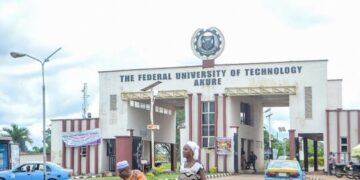


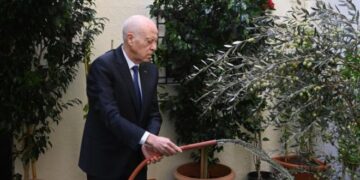


















































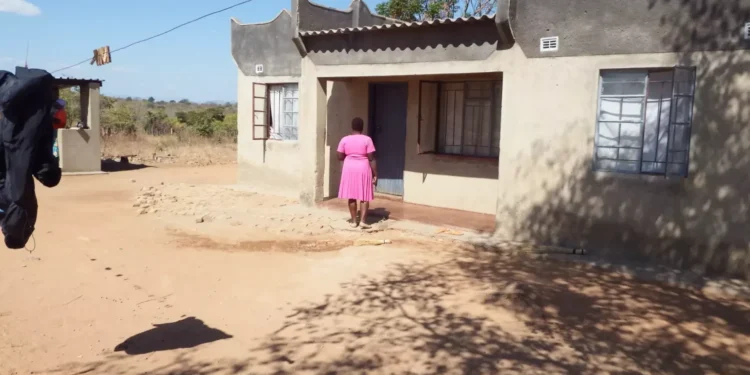



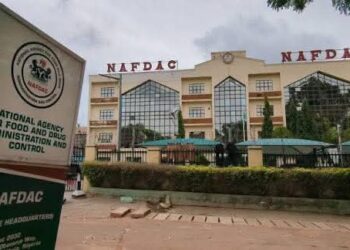



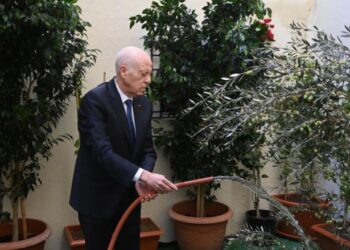










 EduTimes Africa, a product of Education Times Africa, is a magazine publication that aims to lend its support to close the yawning gap in Africa's educational development.
EduTimes Africa, a product of Education Times Africa, is a magazine publication that aims to lend its support to close the yawning gap in Africa's educational development.

